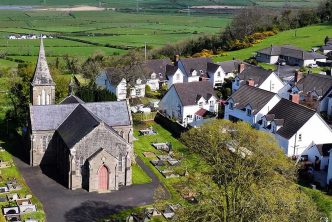Nuclear energy, also known as nuclear power, atomic energy, nuclear power or nuclear power is obtained by fission of heavy radioactive atomic nuclei. Usually, uranium is used, but this material is also a limited resource. Analyses have shown that bottlenecks could already occur towards the end of this century
The fission products formed during decay exhibit a so-called mass defect or mass loss. The difference to the original core is converted into energy. Einstein’s formula E=mc² describes this process in a mathematical way, where E stands for energy, m for mass, and c for the speed of light.
The energy released in this process exceeds that produced by chemical reactions many times over. For each gram of uranium, the same thermal energy can be obtained as by burning 2.8 tons of hard coal or 1.9 tons of light fuel oil.
Nuclear fission also releases fast neutrons. These neutrons can be captured by other uranium atoms and then also trigger nuclear fission there, which again produces new neutrons. This is called a chain reaction.
Nuclear power plants carry out controlled chain reactions in nuclear reactors. The heat released during this process is used to produce steam, which is directed to turbines. These drive generators and produce electrical power.
The great advantage of nuclear energy is its low-CO2 production. Nuclear power plants do not produce greenhouse gas emissions during operation. In February 2022, electricity from nuclear power was therefore even classified as climate-friendly by EU politicians.
However, the mining of uranium, which is usually very harmful to the environment, is problematic. The problem of nuclear waste disposal also remains unresolved. This highly radioactive waste is also chemically toxic and still radiates after thousands of years. A repository must therefore reliably shield it from the biosphere over a long period of time.






